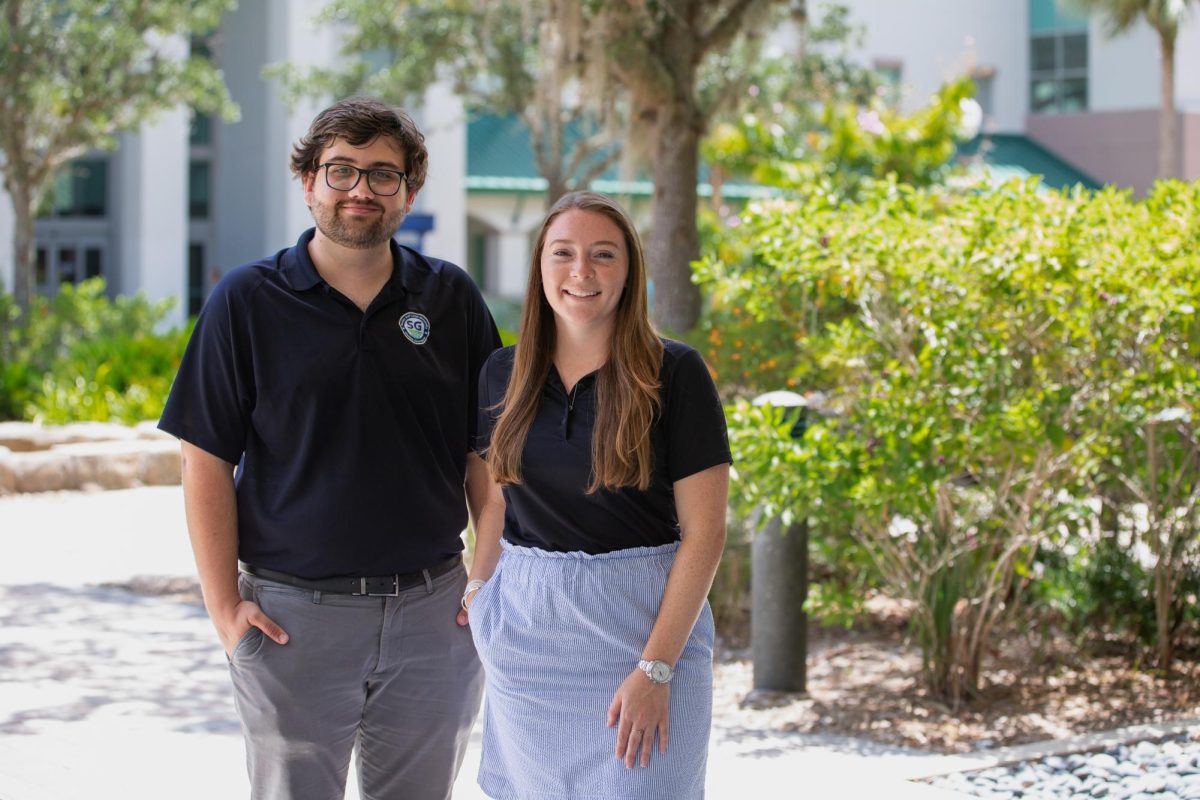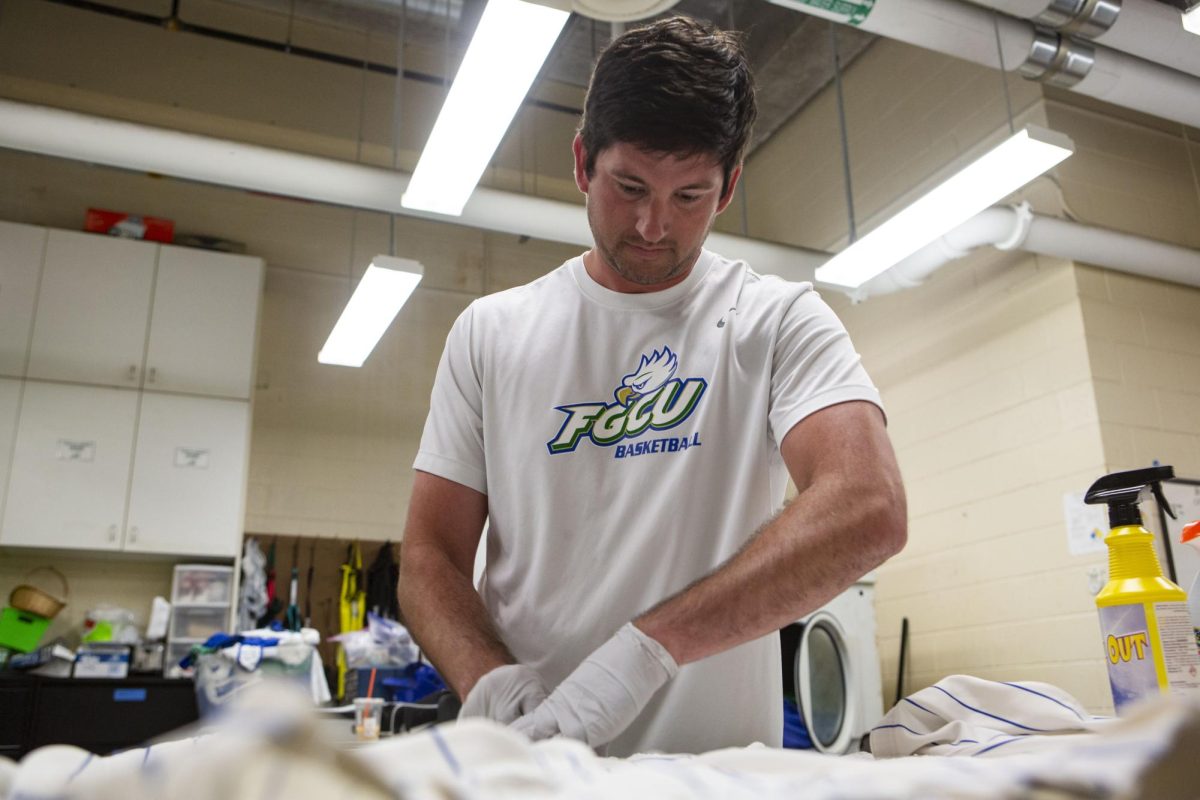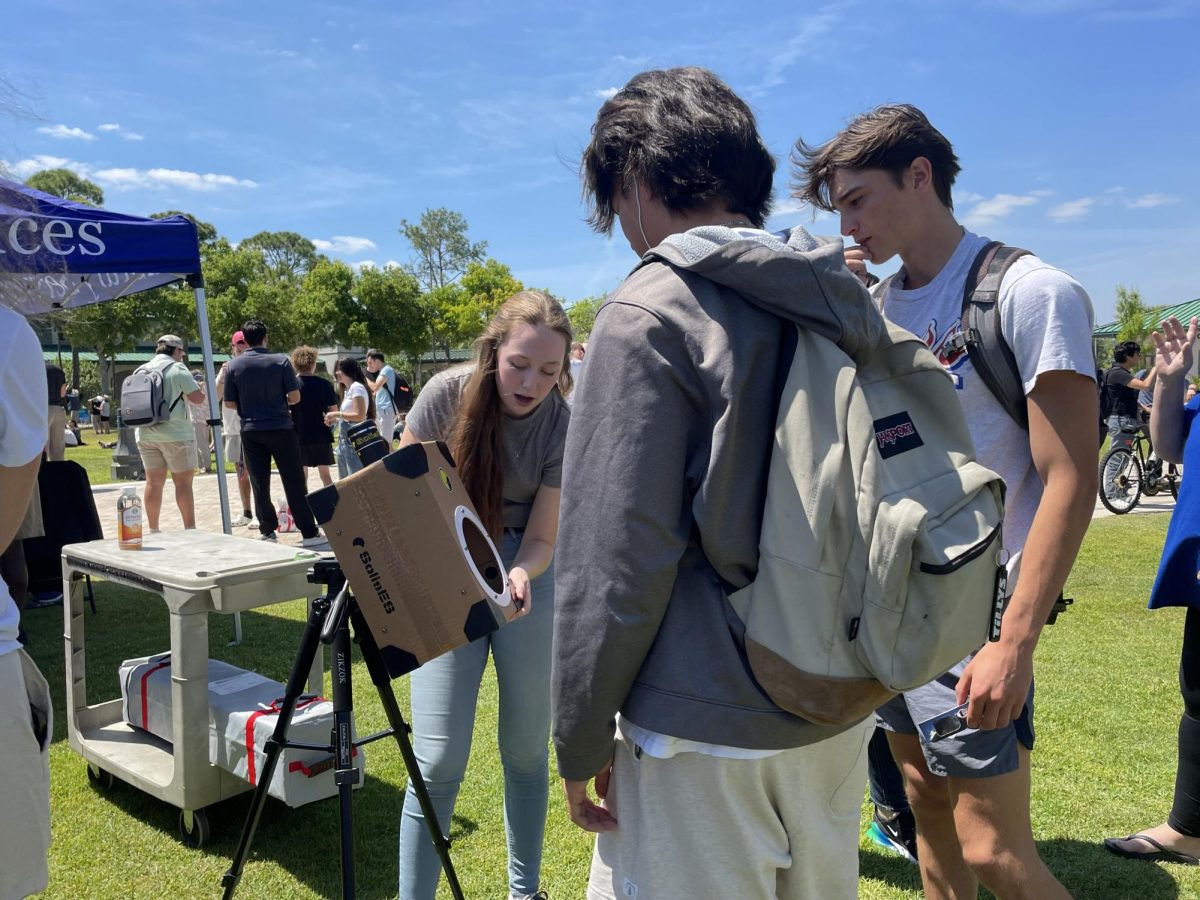Hurricane season is on full force as Beryl officially upgraded to a Category 1 Hurricane Friday, making it the first hurricane of the 2018 Atlantic season.
Moving westward at 15mph, Beryl has maximum sustained winds of 80 mph and is projected to move through the Lesser Antilles Sunday or Monday night, according to the National Hurricane Center.
Tropical storm watches have been issued in some countries including Martinique, Guadeloupe, St. Martin and St. Barthelemy. Barbados issued a Hurricane Watch for Dominica.
Beryl is expected to strengthen Friday but will likely weaken as it reaches the Lesser Antilles over the weekend, forecasters say. Due to Beryl’s small size the NHC says there is a “greater than usual” uncertainty in the hurricane’s intensity.
Beryl is the second named storm of the hurricane season, following Subtropical Storm Alberto in May.
In addition to Beryl, tropical depression three has formed a few hundred miles off the coast of North Carolina with maximum sustained winds of 30 mph. It is expected to remain offshore, the NHC says.
In April, meteorologists from Colorado State University predicted an active hurricane season, with an estimated seven hurricanes projected to form. Now, according to a new study released Monday, forecasters predict “below average” activity.
Meteorologists estimate there will be four hurricanes, 10 named storms and one major hurricane this season.
The probability of at least one major hurricane — Categories 3, 4, and 5 — making landfall is 21 percent on the Gulf Coast (from the Florida Panhandle to Brownsville Texas), 22 percent on the U.S. East Coast and 39 percent on the entire U.S. coastline.
Forecasters attribute the below average activity to a colder than normal tropical Atlantic. The colder waters are associated with higher pressure and a more stable atmosphere halting the development of tropical cyclones and hurricane activity. A weak el Nino prediction also contributes to the decrease in activity.
While the prediction of an active hurricane season has decreased, meteorologists urge that it only takes one major storm to make a catastrophic season.


































